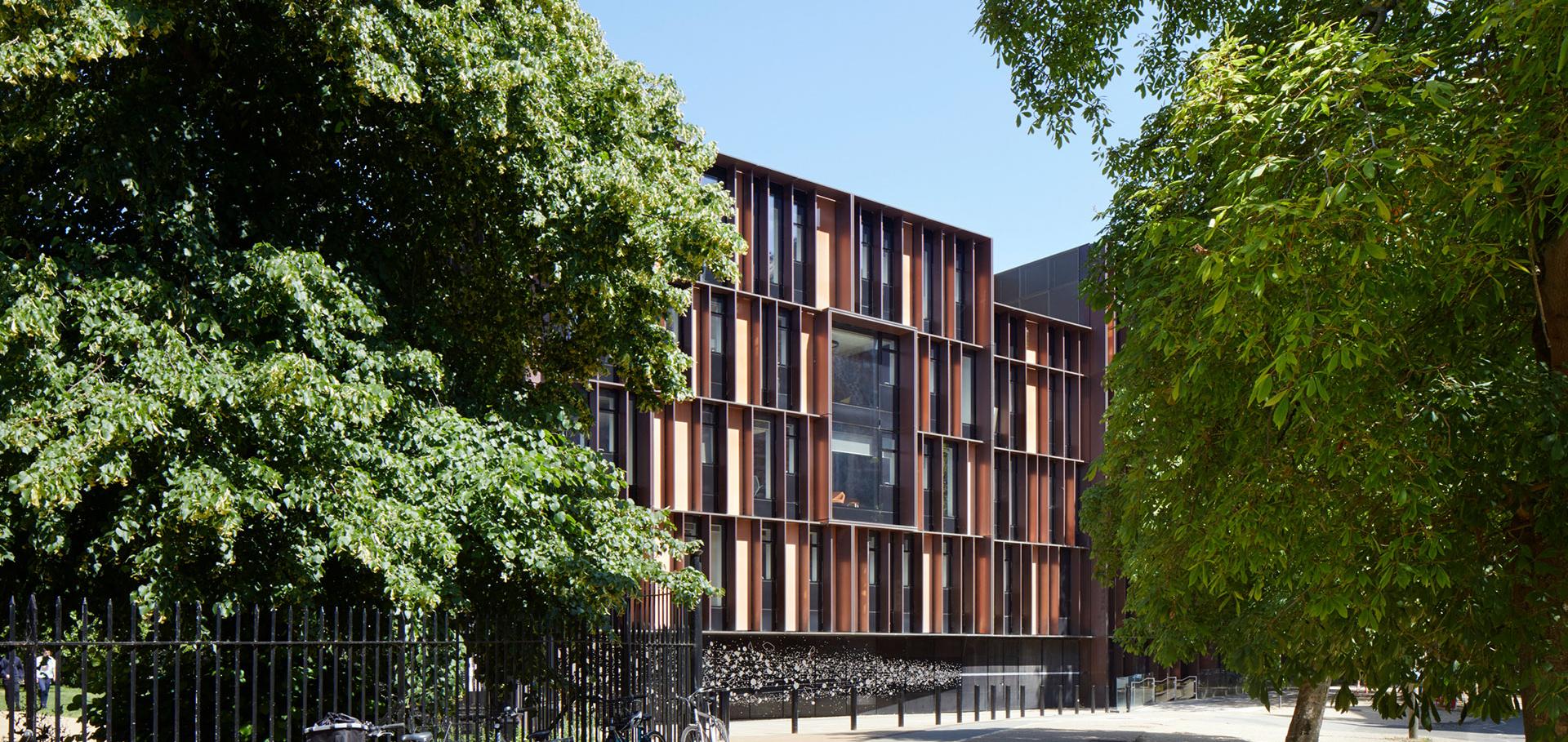The cold mass support system and the helium cooling system for the MICE focusing solenoid
IEEE Transactions on Applied Superconductivity 17:2 (2007) 1251-1254
Abstract:
The heart of the absorber focus coil (AFC) module for the muon ionization cooling experiment (MICE) is the two-coil superconducting solenoid that surrounds the muon absorber. The superconducting magnet focuses the muons that are cooled using ionization cooling, in order to improve the efficiency of cooling. The coils of the magnet may either be run in the solenoid mode (both coils operate at the same polarity) or the gradient (the coils operate at opposite polarity). The AFC magnet cold mass support system is designed to carry a longitudinal force up to 700 kN. The AFC module will be cooled using three pulse tube coolers that produce 1.5 W of cooling at 4.2 K. One of the coolers will be used to cool the liquid (hydrogen or helium) absorber used for ionization cooling. The other two coolers will cool the superconducting solenoid. This report will describe the MICE AFC magnet. The cold mass supports will be discussed. The reasons for using a pulsed tube cooler to cool this superconducting magnet will also be discussed. © 2007 IEEE.The design parameters for the mice tracker solenoid
IEEE Transactions on Applied Superconductivity 17:2 (2007) 1247-1250
Abstract:
The first superconducting magnets to be installed in the muon ionization cooling experiment (MICE) will be the tracker solenoids. The tracker solenoid module is a five coil superconducting solenoid with a 400 mm diameter warm bore that is used to provide a 4 T magnetic field for the experiment tracker module. Three of the coils are used to produce a uniform field (up to 4 T with better than 1 percent uniformity) in a region that is 300 mm in diameter and 1000 mm long. The other two coils are used to match the muon beam into the MICE cooling channel. Two 2.94-meter long superconducting tracker solenoid modules have been ordered for MICE. The tracker solenoid will be cooled using two-coolers that produce 1.5 W each at 4.2 K. The magnet system is described. The decisions that drive the magnet design will be discussed in this report. © 2007 IEEE.The physical connection and magnetic coupling of the MICE cooling channel magnets and the magnet forces for various MICE operating modes
IEEE Transactions on Applied Superconductivity 17:2 (2007) 1225-1228
Abstract:
A key issue in the construction of the MICE cooling channel is the magnetic forces between various elements in the cooling channel and the detector magnets. This report describes how the MICE cooling channel magnets are hooked to together so that the longitudinal magnetic forces within the cooling channel can be effectively connected to the base of the experiment. This report presents a magnetic force and stress analysis for the MICE cooling channel magnets, even when longitudinal magnetic forces as large as 700 kN (70 tons) are applied to the vacuum vessel of various magnets within the MICE channel. This report also shows that the detector magnets can be effectively separated from the central MICE cooling channel magnets without damage to either type of magnet component. © 2007 IEEE.A liquid cryogen absorber for MICE
AIP Conference Proceedings 823 II (2006) 1068-1075
Abstract:
The Muon Ionization Cooling Experiment (MICE) will test ionization cooling of muons. In order to have effective ionization cooling, one must use an absorber that is made from a low-z material. The most effective low z materials for ionization cooling are hydrogen, helium, lithium hydride, lithium and beryllium, in that order. In order to measure the effect of material on cooling, several absorber materials must be used. This report describes a liquid-hydrogen absorber that is within a pair of superconducting focusing solenoids. The absorber must also be suitable for use with liquid helium. The following absorber components are discussed in this report; the absorber body, its heat exchanger, the hydrogen system, and the hydrogen safety. Absorber cooling and the thin windows are not discussed here. © 2006 American Institute of Physics.The development of 6061-aluminum windows for the MICE liquid absorber
AIP Conference Proceedings 823 II (2006) 1084-1091


